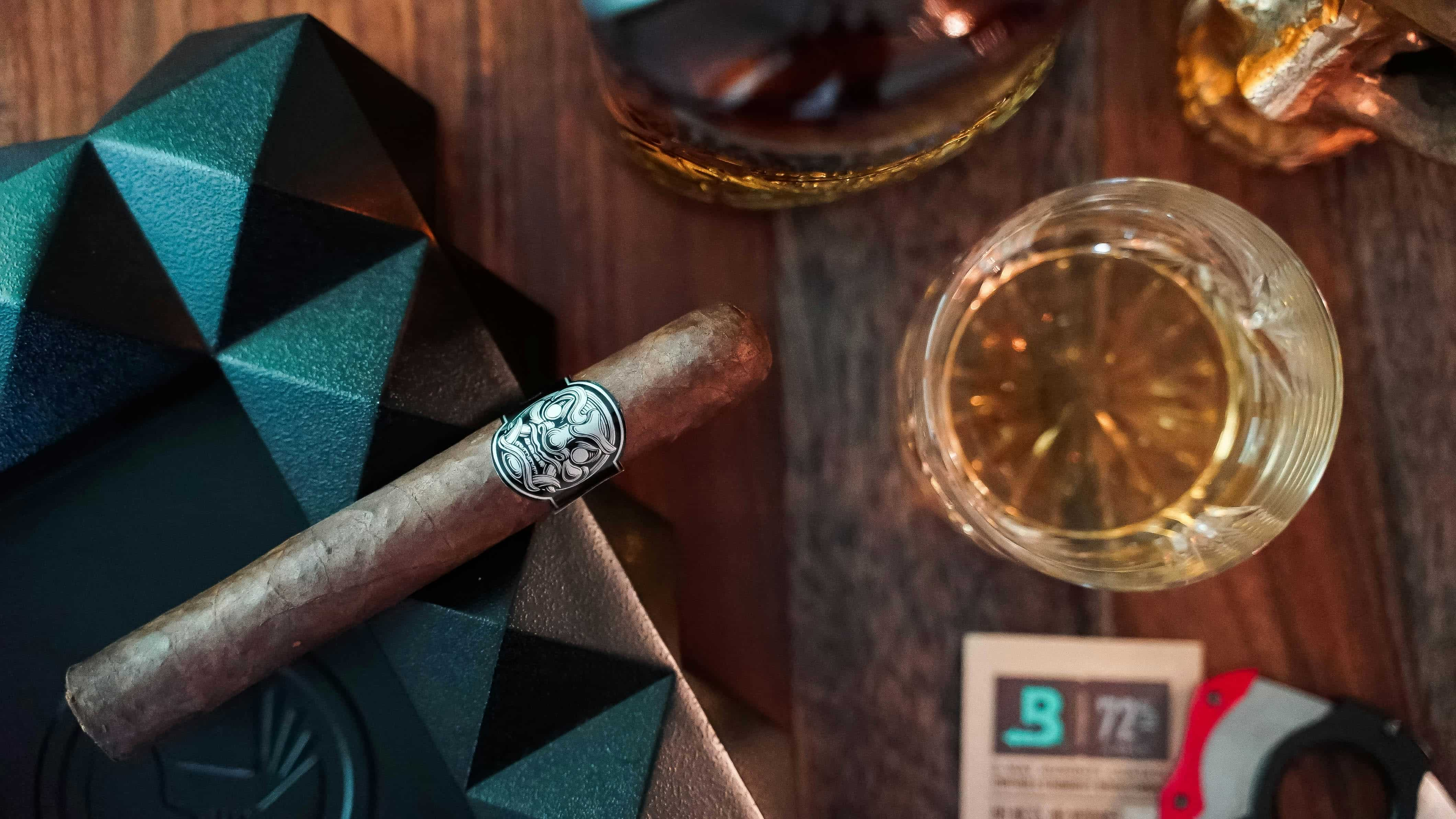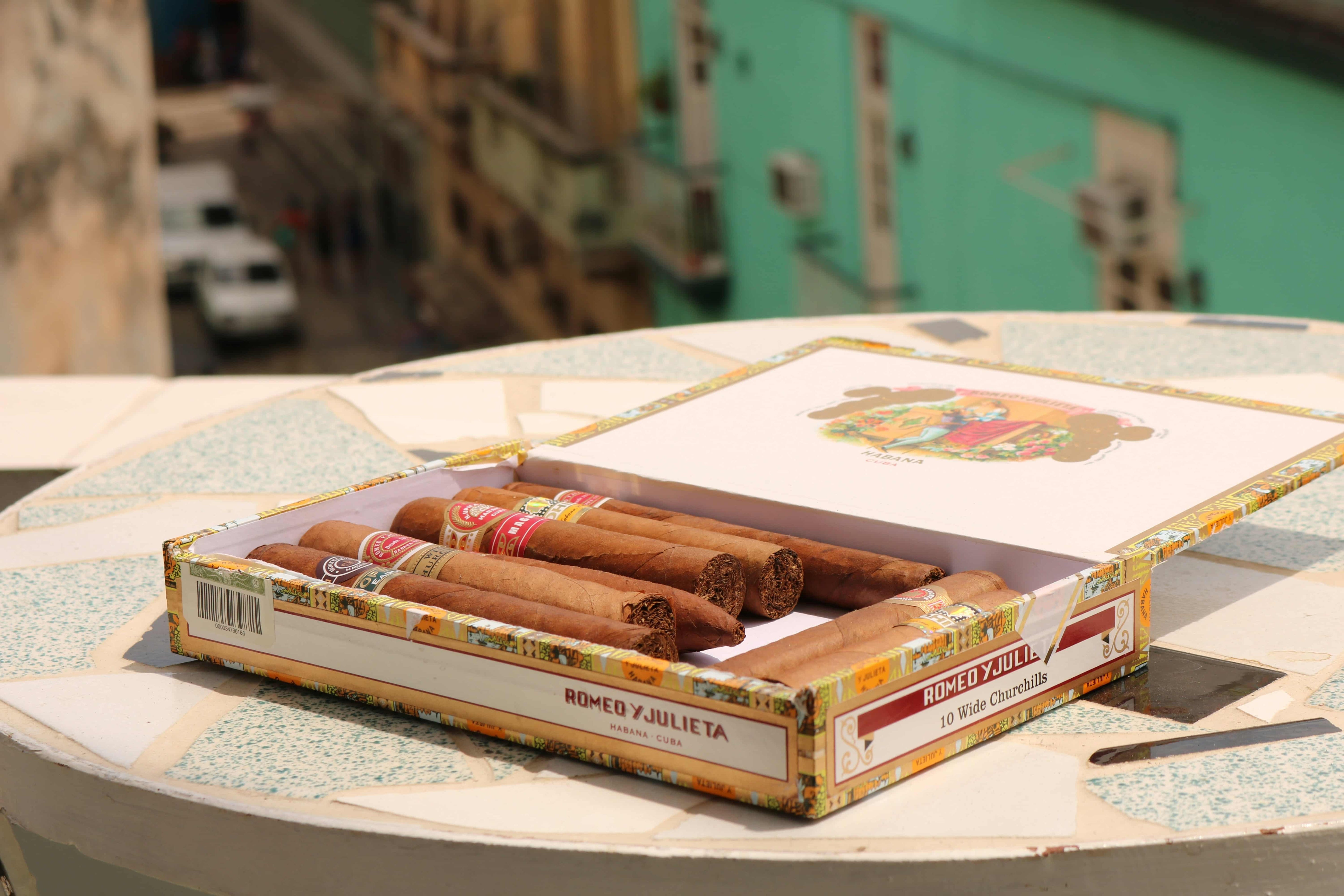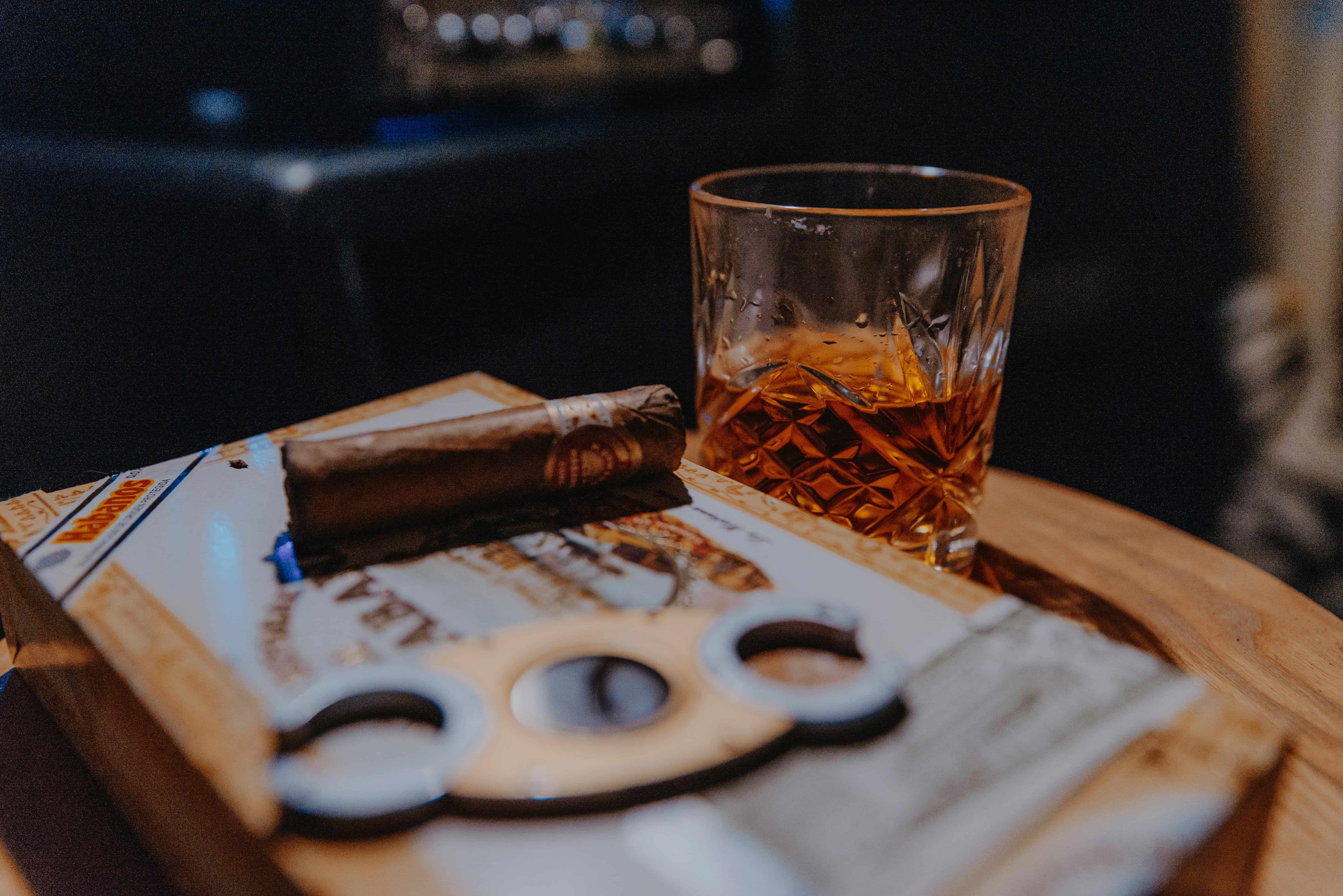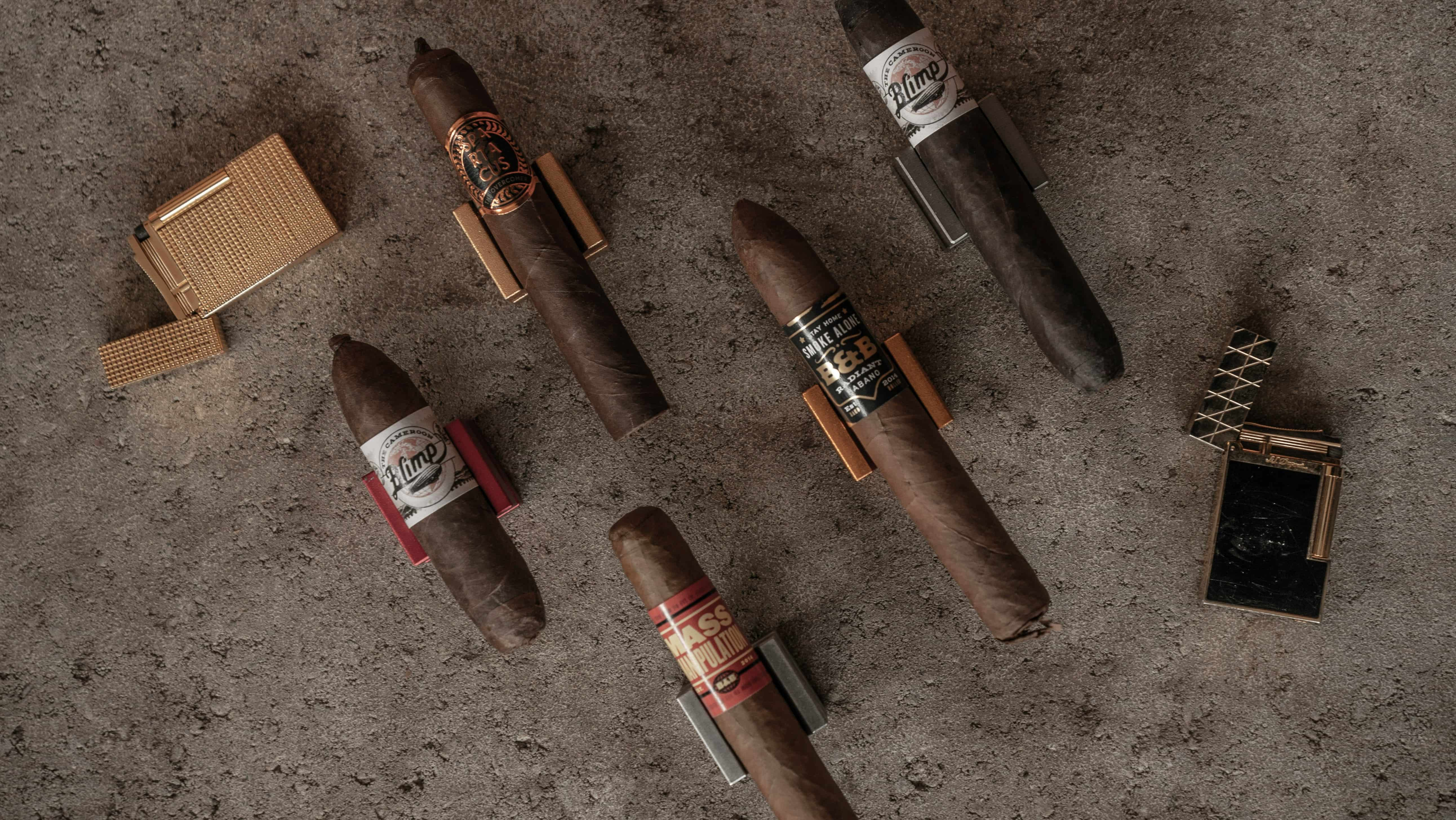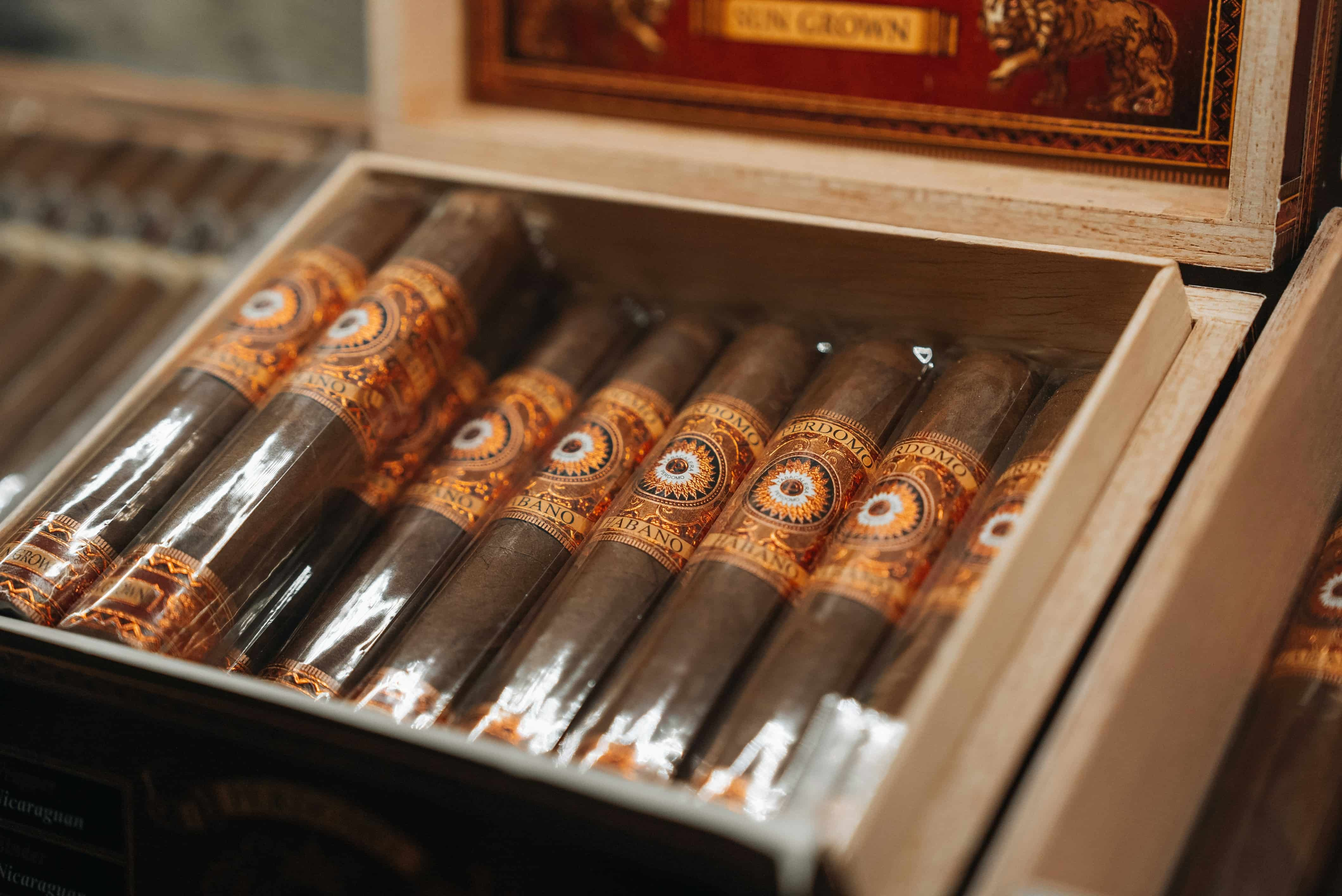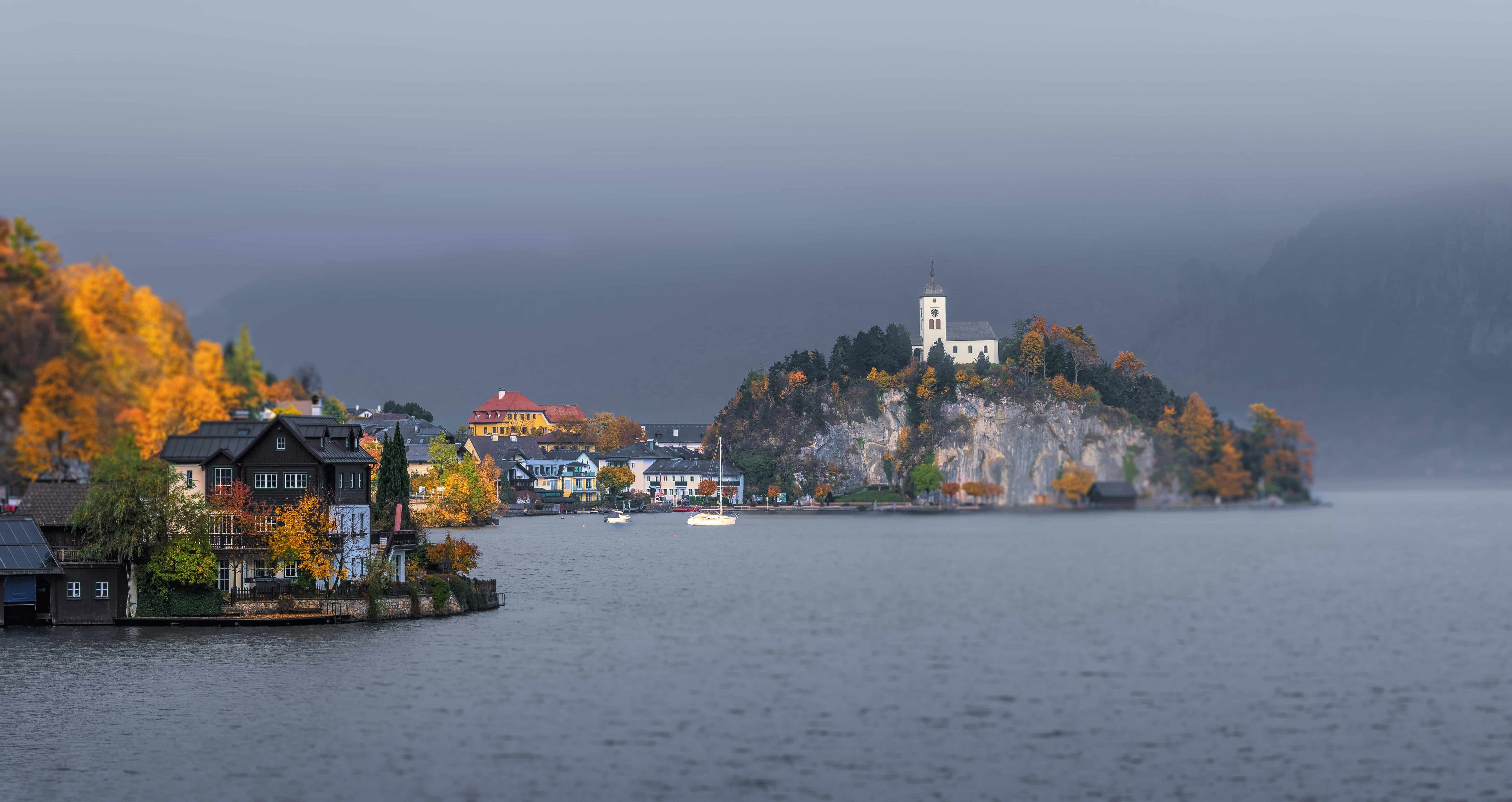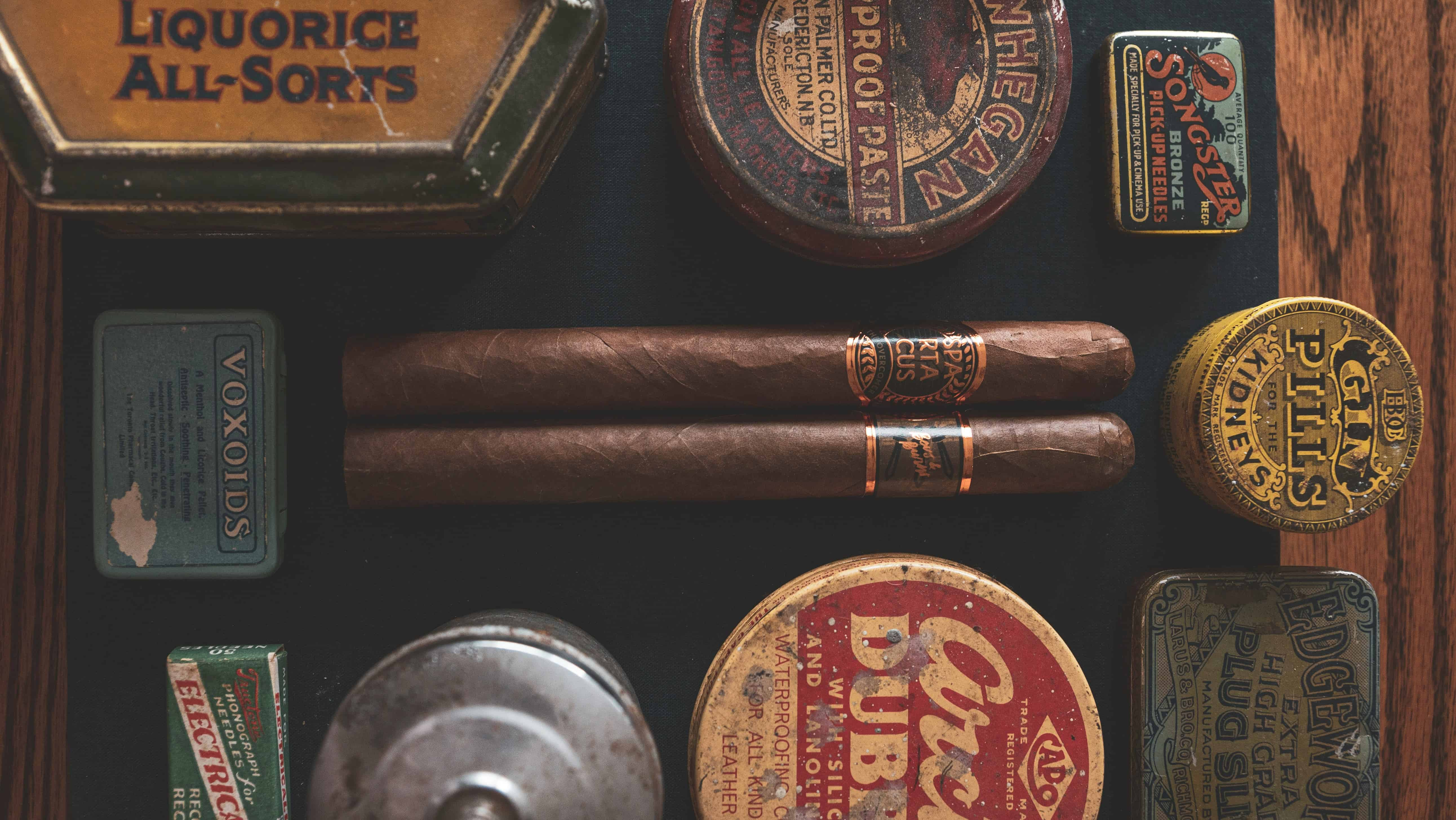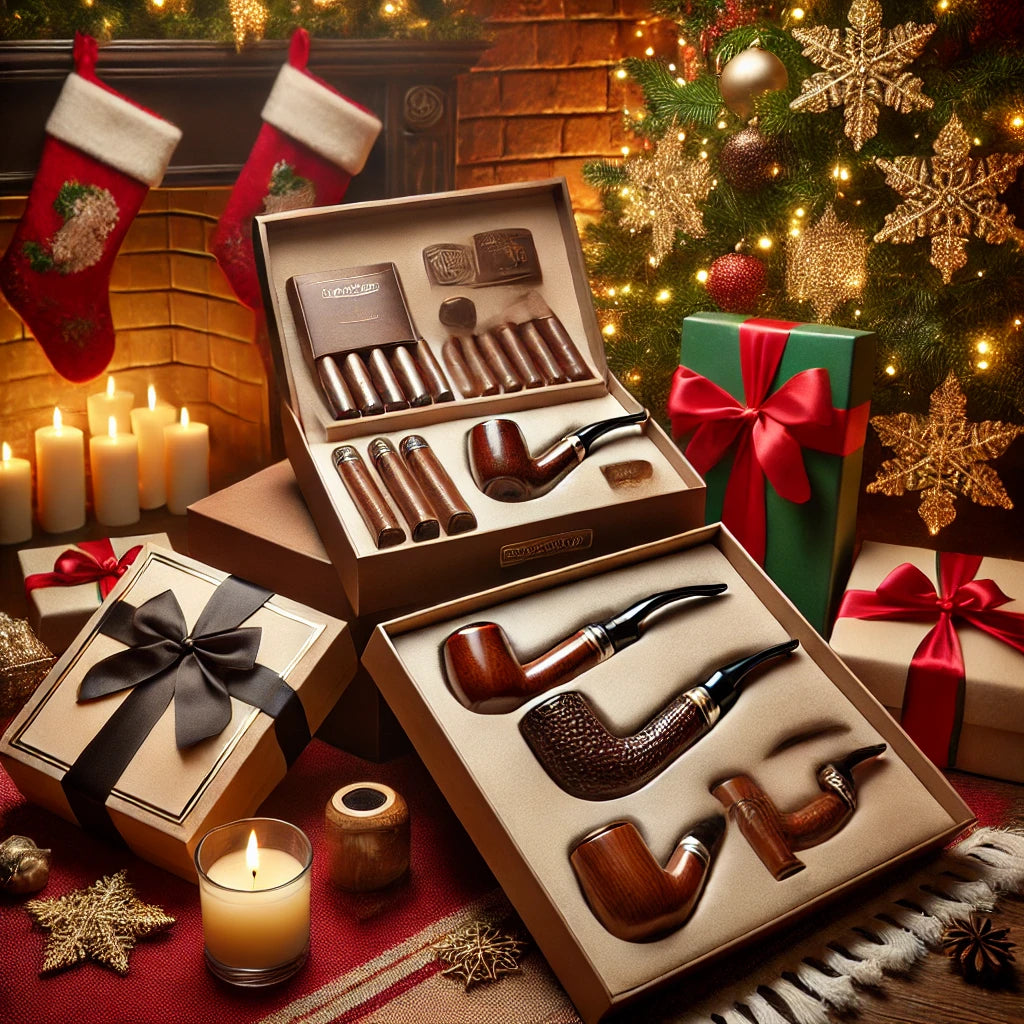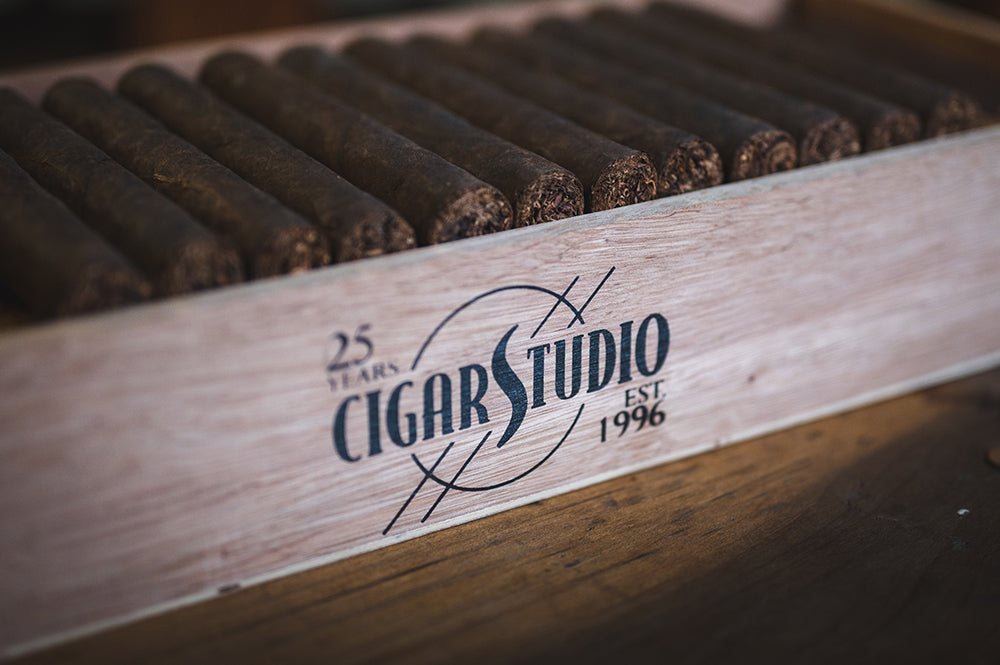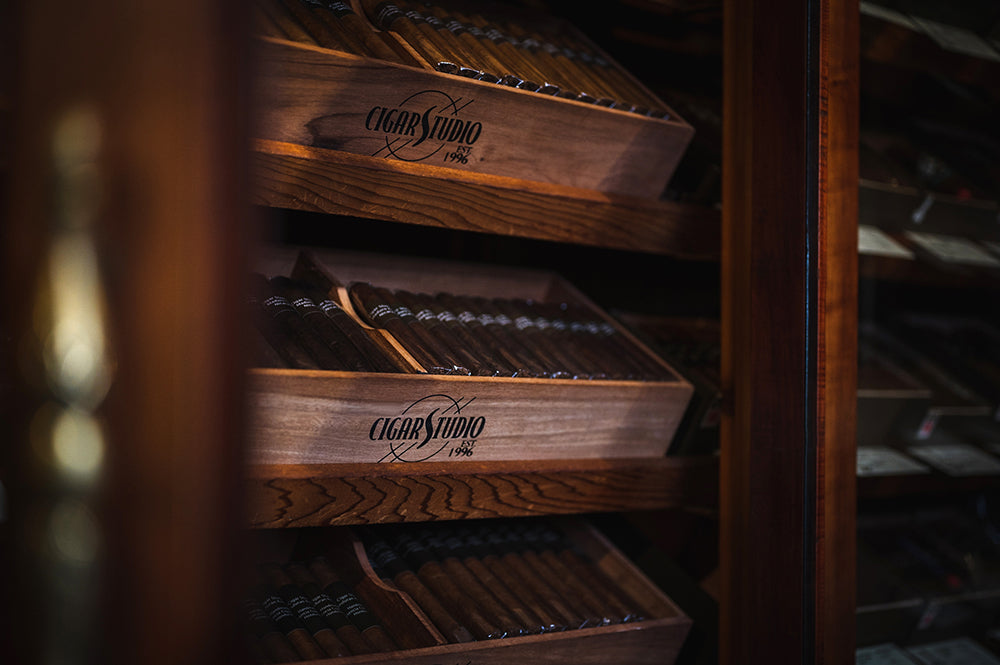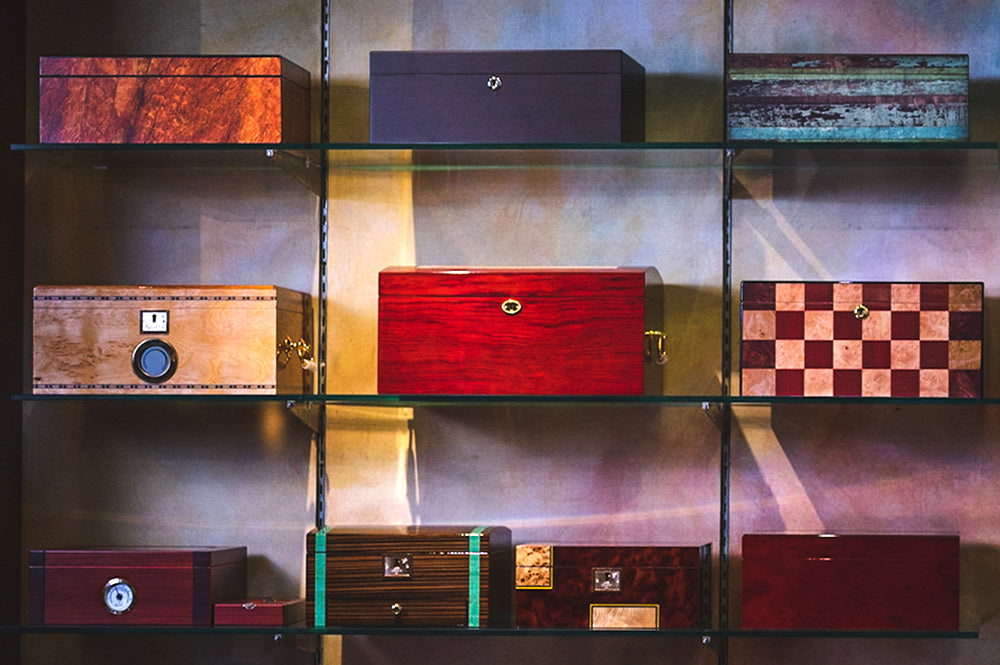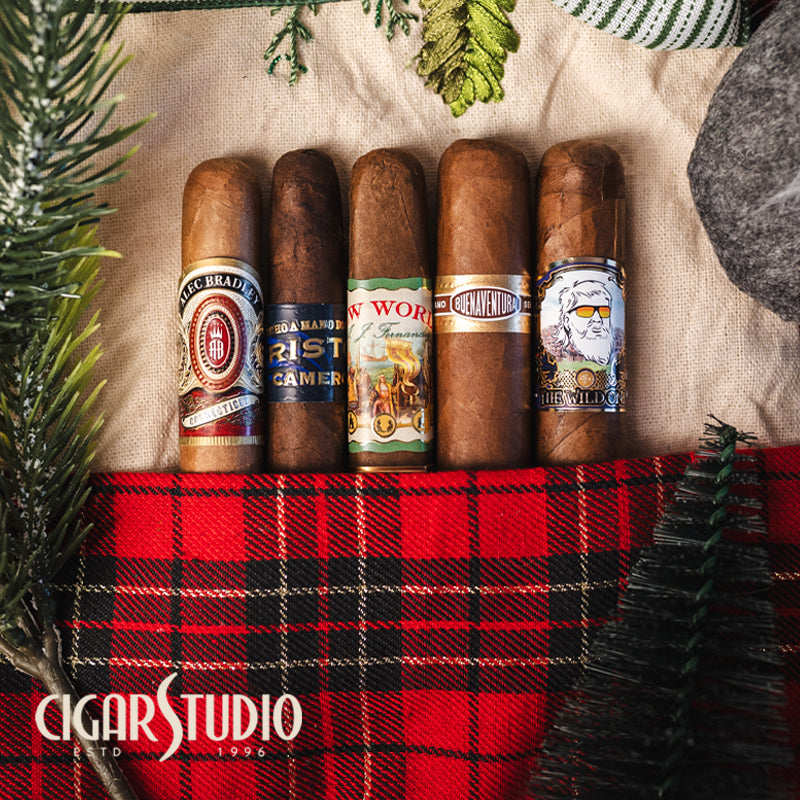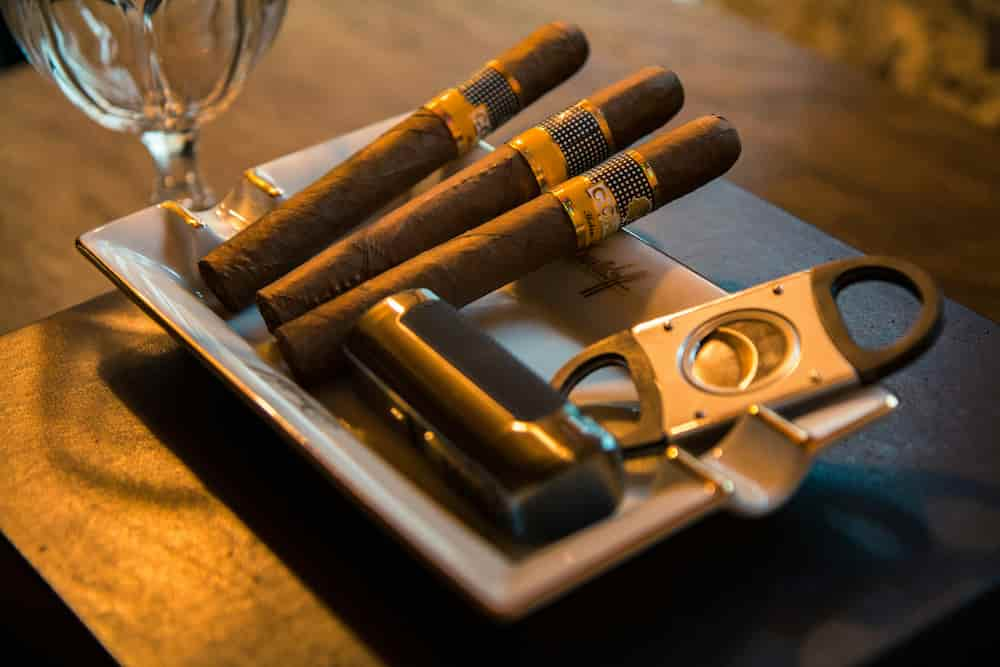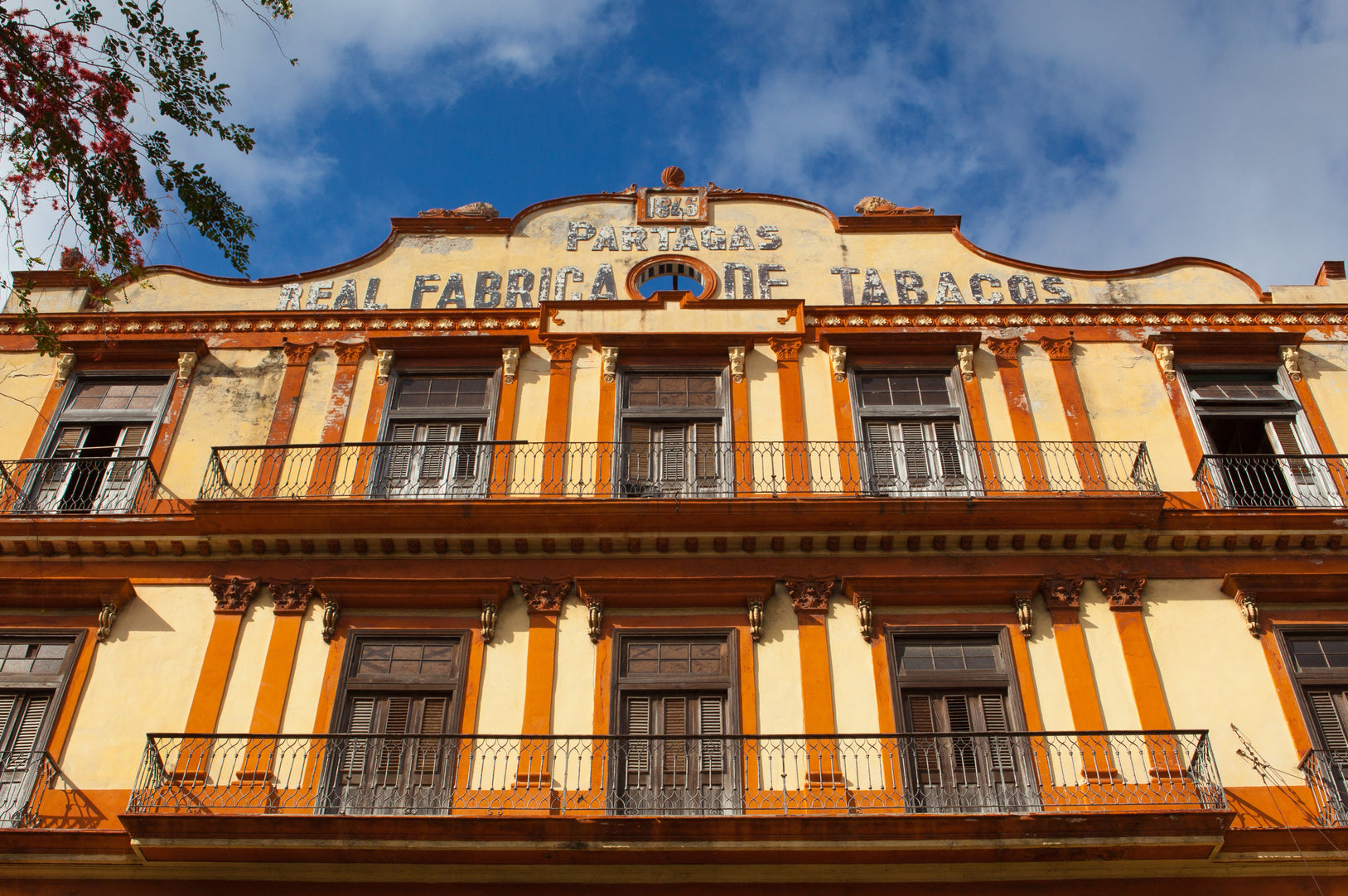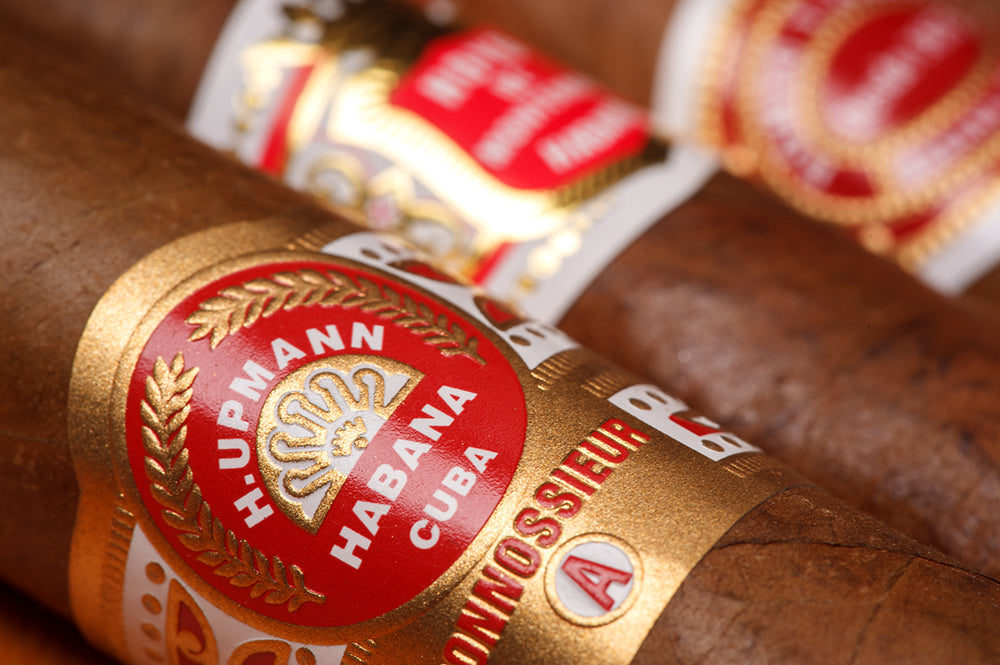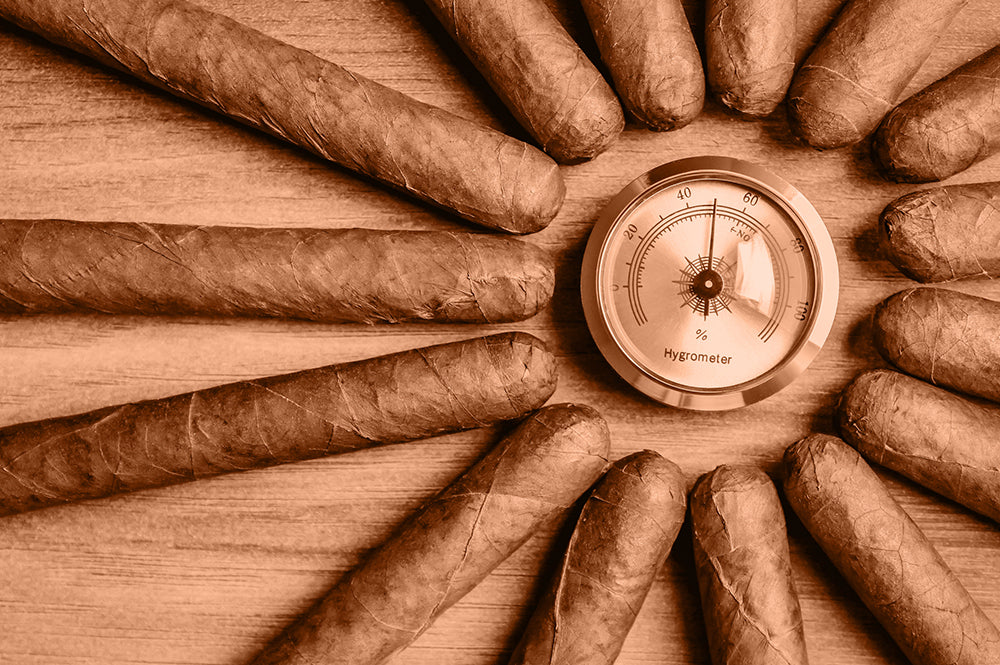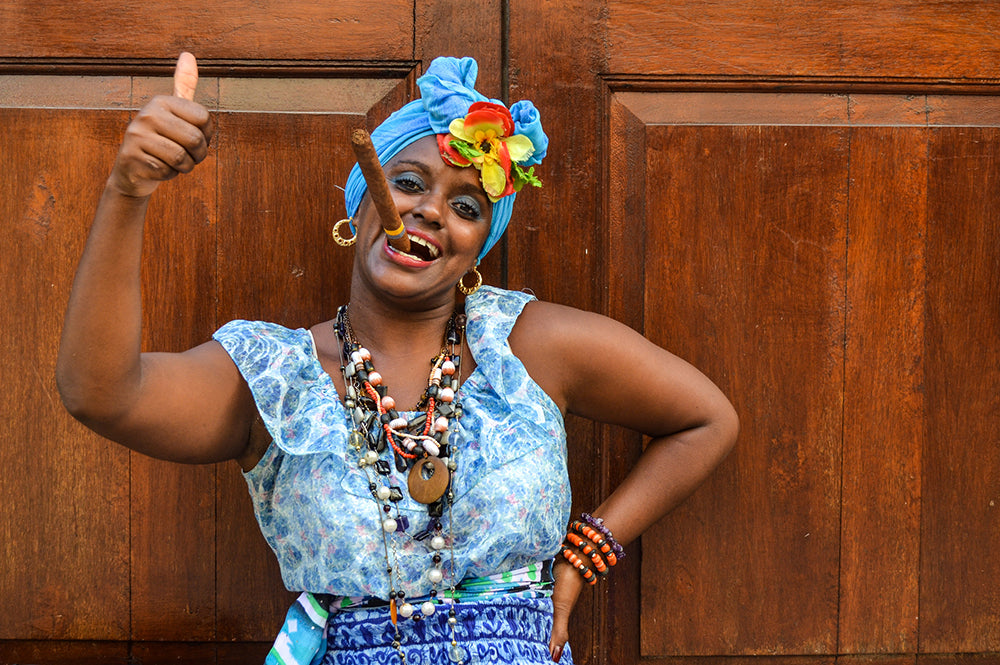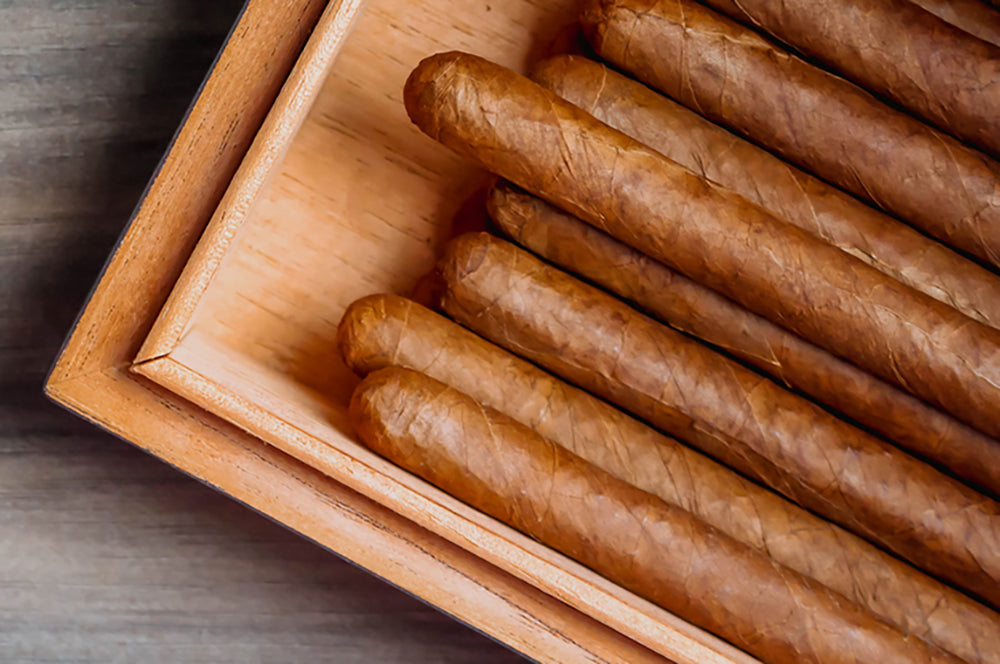What Are Cigars Made Of? Tobacco Blends Explained
Understanding the Craft Behind Every Cigar
Have you ever wondered what cigars are made of? Beyond their elegant appearance and aromatic smoke, cigars are the result of a complex and meticulous process that combines tradition, craftsmanship, and carefully selected tobacco leaves. Every cigar — from mild and creamy to bold and spicy — owes its flavor and character to the blend and construction of its components. In this article, we’ll break down the different cigar tobacco types, explore the roles of wrapper, binder, and filler, and explain how cigars are made to achieve their signature balance.
Cigar Tobacco Types: The Foundation of Flavor
The soul of every cigar lies in its tobacco blend. There are various cigar tobacco types, each contributing distinct flavor notes and aromas.
-
Connecticut Shade: Known for its light color and creamy, smooth taste, often used in mild cigars.
-
Corojo: Offers a spicier, richer flavor, common in medium to full-bodied cigars.
-
Habano: Strong and peppery, providing depth and complexity.
-
Maduro: Dark, oily leaves that produce sweet, earthy tones with hints of cocoa and espresso.
-
Sumatra: A balanced leaf with natural sweetness and gentle spice.
Each cigar typically combines tobaccos from different regions — such as the Dominican Republic, Nicaragua, Honduras, or Cuba — to create a signature blend. The art lies in balancing strength, aroma, and burn quality to produce a refined experience.
Cigar Wrapper vs Filler: The Role of Each Layer
A cigar’s construction can be divided into three essential parts: wrapper, binder, and filler. Understanding the cigar wrapper vs filler difference helps explain why each cigar feels and tastes unique.
-
Wrapper: The outermost leaf, carefully chosen for its appearance and flavor. It contributes up to 60–70% of the cigar’s overall taste. Wrappers are silky, aromatic, and grown under precise conditions to ensure consistency.
-
Binder: The middle layer that holds the filler together. Though less visible, it plays a critical role in maintaining structure and burn stability.
-
Filler: The heart of the cigar, made up of a blend of long or short tobacco leaves. The filler determines the cigar’s strength, body, and complexity.
A master blender carefully selects and matches these layers to achieve harmony — a process similar to composing a fine wine.
How Cigars Are Made: From Leaf to Luxury
To truly understand how cigars are made, one must appreciate the craftsmanship behind every stage.
-
Harvesting and Curing: Tobacco leaves are handpicked and dried in curing barns for weeks to develop their color and flavor.
-
Fermentation: Leaves are aged and fermented naturally to remove harshness, enhance aroma, and achieve optimal moisture.
-
Blending and Rolling: Skilled torcedores (cigar rollers) hand-roll each cigar using specific wrapper, binder, and filler combinations.
-
Aging: After rolling, cigars are aged in humidors for weeks or months, allowing the flavors to meld and mature.
This process can take several months or even years — one reason fine cigars are regarded as artisanal creations rather than mass-produced products.
The Artistry Within Every Cigar
A cigar is far more than tobacco rolled in paper — it’s a fusion of soil, skill, and patience. From the diverse cigar tobacco types to the interplay between wrapper, binder, and filler, every detail is crafted to deliver a sensory experience. The next time you light one, you’re not just smoking a cigar — you’re tasting generations of tradition and artistry that define what fine tobacco truly means.
What types of tobacco are used in cigars?
Common cigar tobaccos include Connecticut Shade, Corojo, Habano, Maduro, and Sumatra. Each offers unique flavor notes ranging from creamy and mild to bold and spicy, depending on the growing region and curing process.
What is the difference between wrapper, binder, and filler?
The wrapper provides flavor and appearance, the binder holds the structure together, and the filler creates the cigar’s body and strength. Together, they determine how the cigar burns, smells, and tastes.
Are flavorings added to cigars?
Yes, but not always. Premium cigars typically rely on natural tobacco flavors, while flavored cigars (like vanilla, honey, or bourbon varieties) use light natural infusions to enhance aroma and sweetness without overpowering the tobacco’s essence.

